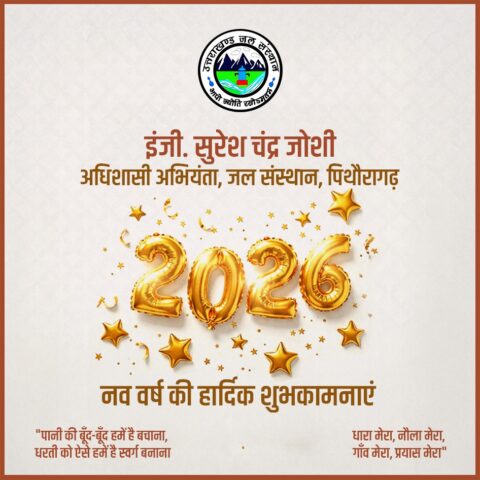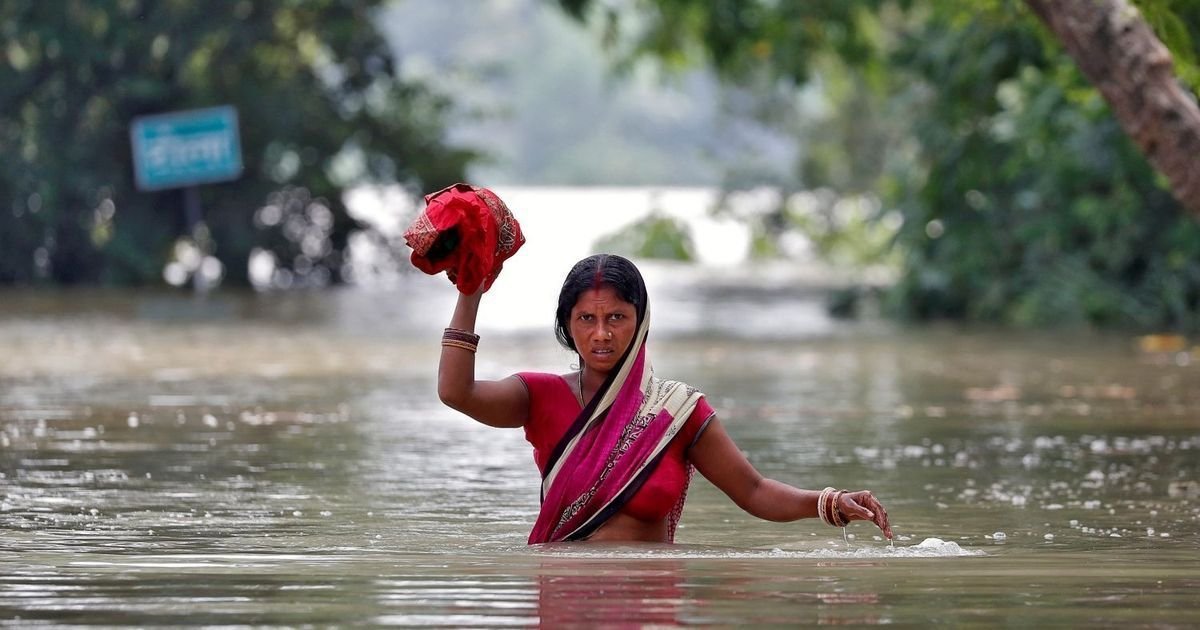New Delhi: Former President Pranab Mukherjee (who was also the Finance Minister) once remarked that the monsoon season (June–September) is the true Finance Minister of India. This shows the importance of rain during this period for the country.
A lot has changed since then. Large parts of India’s agriculture have been made drought resistant through irrigation networks. Better varieties of seeds are being used – but for some old and some new reasons the summer (south-west) monsoon remains more important. It contributes 70% to the country’s rainfall. It still supports the agricultural sector to a great extent. Recharges groundwater and green energy supplies, making hydroelectricity viable. Changing food consumption patterns, more open trade and the growing role of emotions in the economy have changed the way monsoon impacts our economic lives. But first, what exactly is a normal monsoon?

What is normal monsoon?
Normal or above normal? The India Meteorological Department (IMD) on April 15 predicted that the country was ‘highly likely’ to receive ‘above normal’ rainfall. Seasonal rainfall is likely to be 106% of the long period average (LPA) with a model error of ± 5%. The LPA of seasonal rainfall over the entire country for the period 1971–2020 is 87 cm. Factors indicating good rainfall The IMD believes that the gradual weakening of El Nino (climate pattern associated with sea surface warming over the central and eastern tropical Pacific Ocean), the expected development of La Nina (sea surface warming The climate pattern associated with periodic cooling of temperatures over the central and east-central equatorial Pacific), positive Indian Ocean Dipole (IOD) and below normal snow cover over the Northern Hemisphere will ensure good rainfall this monsoon.
What is El Nino?
El Niño (meaning ‘the little boy’ in Spanish): This occurs on average every two to seven years, and typically lasts nine to 12 months. It affects weather and storm patterns in different parts of the world. The current El Niño event, which developed in June 2023 and peaked in December. It was strongest between November and January this year. The Meteorological Department says that currently moderate El Nino conditions prevail in the equatorial Pacific region. Latest climate model projections indicate that El Nino conditions are likely to prevail in the early part of the monsoon season and weaken to neutral El Nino Southern Oscillation (ENSO) conditions.
What is La Nina?
La Nina (meaning ‘little girl’ in Spanish): La Nina is associated with good monsoon rainfall in the Indian subcontinent. IMD says La Nina conditions are likely to develop during the second half of the monsoon season (August September). Records show that the summer monsoon was either ‘normal’ or ‘above normal’ in most of the last 22 La Niña years since 1954, except in 1974 and 2000 when it was below normal. Data from 1951 to 2023 show that in the nine years when La Nina preceded El Nino, summer monsoon seasonal rainfall was ‘above normal’ in two years, ‘extreme’ in five years and ‘normal’ in two years. Was on the positive side.

Understand the meaning of monsoon forecast
IOD: It is one of the major modes of variability of the tropical Indian Ocean. This is an ocean-atmosphere interaction similar to El Nino. Hence, it is also known as Indian Nino. It is defined as the difference in sea surface temperature between the eastern and western regions of the Indian Ocean. This could significantly affect weather patterns over the Indian subcontinent and elsewhere, including Southeast Asia and Australia. IMD says neutral IOD conditions are prevailing over the Indian Ocean. Latest climate model forecasts indicate that positive IOD conditions are likely to develop during the latter part of the southwest monsoon season. What is normal for the country may not be normal for your city. What matters most is the distribution of fairly good rainfall across states, rather than the quantitative rainfall across the country. Although the IMD’s latest forecast predicts good rainfall in the ‘monsoon core zone’ (rainfed agricultural region of India), its other rounds of forecasts for the next month and the end of June, July and August show poor spatial distribution of rainfall. Will give very clear indications.
Impact on farming
Water-rich paddy is the main crop in the monsoon season starting from June. However, states like Punjab, Haryana and western Uttar Pradesh are able to sow much larger areas of land even during ‘below normal’ monsoon seasons because they have strong irrigation networks. Also they use substantial amount of groundwater with the help of subsidized fuel. Those states in the ‘Monsoon Core Zone’, which are mainly dependent on monsoon rains, are affected. It also reflects their production of Rabi (winter sown) crops like wheat and mustard. Rabi crops benefit from good monsoon rains as it not only fills the reservoirs and reservoirs for irrigation during winter but also provides adequate moisture in the soil. On the other hand, drought years, when the country needs 90% of the LPA
receives less than, affects the entire country. If we look at the data of the last 10 years, the total food grain production declined due to weak (dry) monsoon years of 2014 and 2015. Increasing efforts to make the country drought-resistant through measures such as expansion of irrigation networks, water conservation, precision irrigation (drip and sprinklers) and use of drought-resistant seeds have resulted in helping mitigate the impact of ‘below normal’ monsoon. Has been found.
How does monsoon affect the economy?
The Indian economy, which has been growing at 7% for three consecutive years, is expected to benefit greatly from a good monsoon. Bountiful harvests increase rural prosperity and demand for everything from motorcycles to mobile phones. Improving supply also helps calm prices. Heavy rains also help reduce the demand for diesel used in the agriculture sector. It helps in recharging the reservoirs and groundwater levels and also produces more hydropower.









